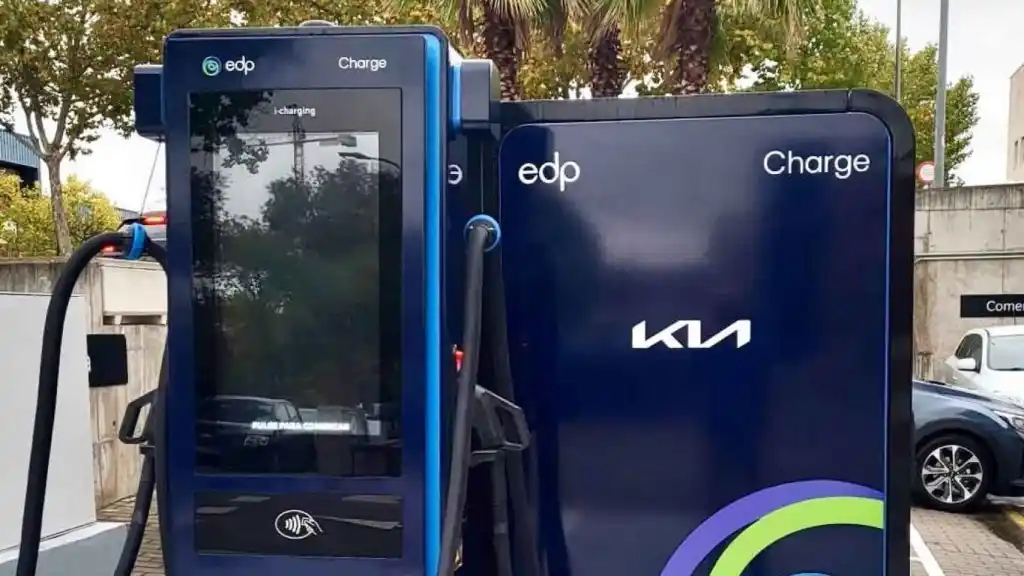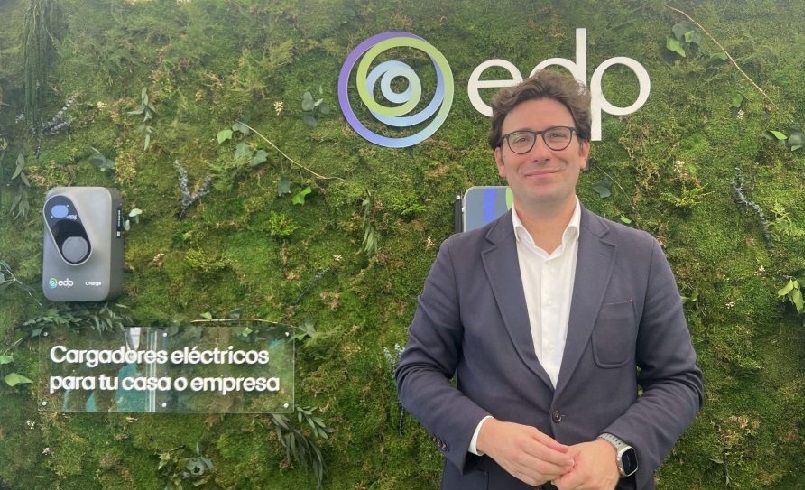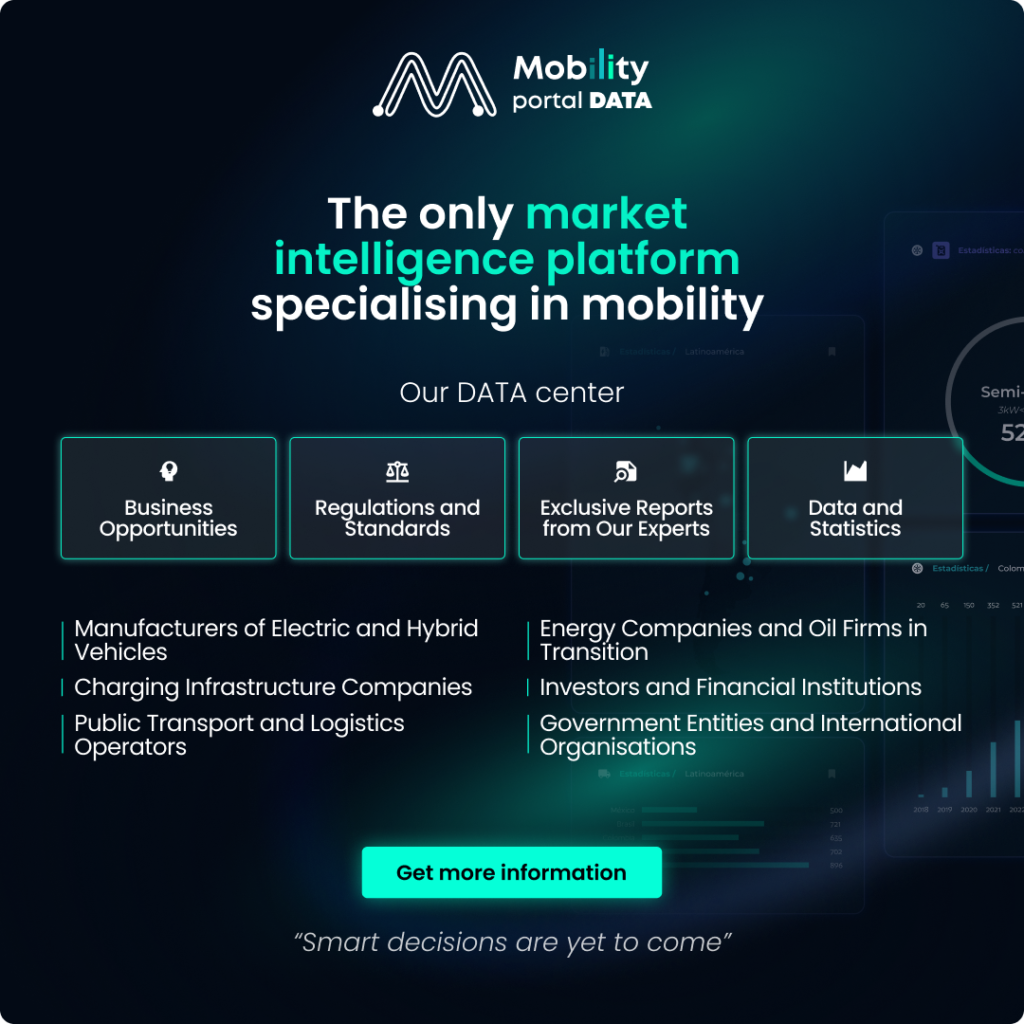The growth of electric mobility is driving a transformation in charging infrastructure, where direct current (DC) chargers play a key role.
EDP does not overlook its customers’ needs and responds to this with the development of ultra-fast charging stations.
In this regard, Javier Martínez Ríos, E-Mobility Director of EDP Spain, anticipates to Mobility Portal Europe the technological direction the company is taking:
“The future points towards the intensive use of DC chargers due to their rapid and ultra-fast charging capabilities, which are especially attractive for public chargers and high-demand locations.”
The ability to significantly reduce charging times and improve the energy efficiency of the grid are key factors that are already winning over operators.
However, while alternating current (AC) equipment still holds a significant share of the market, the global trend is towards the expansion of DC models.
Recently, Eranovum’s CEO, David Vallespin, also addressed this trend:
“We see that certain percentages of AC are being required, compared to DC, which may not make sense based on our experience in the e-mobility market.”
The model of massive deployments using alternating current had a boom at the beginning of the transition to electric mobility, but day by day, this trend is fading.
The demand for high power and the ability to ease “range anxiety” for eMobility users is at the heart of the equation.
The reality is that investing in these types of technologies allows for improved usage rates and enhances the efficiency of charging points.
“The future is in DC charging above 30 kilowatts, but administrations still overuse AC,” highlights David Vallespin.
EDP and the Focus on Consumption Habits
Refocusing on EDP, the company has reinforced its infrastructure over the last two years, with special attention given to increasing power capacities and implementing solutions related to storage systems to improve grid connection efficiency.
The company has focused its efforts on technologies that enhance the user experience and optimise the performance of the charging network.
In terms of infrastructure, EDP has installed chargers up to 350 kilowatts in key areas.
“The charger inaugurated in September in San Sebastián de los Reyes, along with Kia, is an example of this, and it is the first of a network of over 40 ultra-fast points that we will deploy in official dealerships across the country,” adds Javier Martínez Ríos.

By 2025, EDP will focus on three main pillars:
- Improving the user experience, ensuring that charging is fast and accessible.
- Promoting interoperability between networks, making it easier for any user to access charging points without restrictions.
- Ensuring that 100% of the electricity used in its stations comes from renewable sources, reinforcing its commitment to sustainability.
But… what are the reasons behind these approaches?
The growth of the charging network has directly impacted driver habits, consolidating electric mobility as a viable option for daily use and long-distance travel.
With the increasing number of eMobility users, new experiences and needs are starting to emerge.
“We are seeing a gradual shift in drivers’ mindset; the use of public charging in shopping centres and service stations has grown, along with seasonal demand patterns, such as an increase before holidays,” he explains in this regard.
Success Stories and Network Expansion
EDP’s expansion plan has reached nearly 1,000 charging points across the country in 2024, with the goal of reaching 7,000 points across the Iberian Peninsula by 2026.
In addition, the company has developed a specific programme for SMEs, offering tailored solutions to facilitate their transition to electromobility.
“Now EDP finances 100% of the project, from investment to management and implementation, simplifying the process for companies,” he mentions.
The results reflect the sector’s growth.
The number of charges on EDP’s network has increased by 7% so far this year, a significant figure considering that the infrastructure rollout has grown at a faster pace than the electric vehicle fleet.
Outlook and Challenges for EDP in 2025
Looking to the future, Martínez Ríos emphasises the need for greater commitment from all stakeholders involved in sustainable mobility.
“It is crucial that companies, administrations, and citizens work together to accelerate the energy transition and the electrification of transport,” he asserts.
To achieve this, it is key to advance on three fronts:
- Greater legislative and fiscal support: “We need more incentives and less bureaucracy for citizens to opt for electric vehicles,” he points out.
- Consolidation and expansion of the charging infrastructure: The accessibility and efficiency of the network will be crucial for the mass adoption of electromobility.
- Sustainability in the energy used for charging.
“Our goal is to ensure that all electricity comes from renewable sources, thereby reinforcing our commitment to the decarbonisation of transport,” concludes Martínez Ríos.
Top speakers participate in the “Storage, Renewable and Electric Vehicles Integration Forum”








